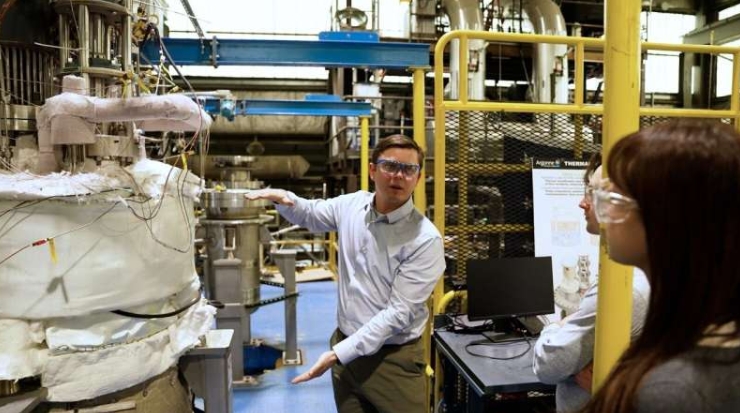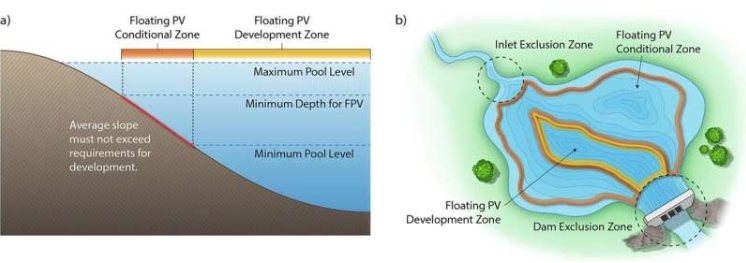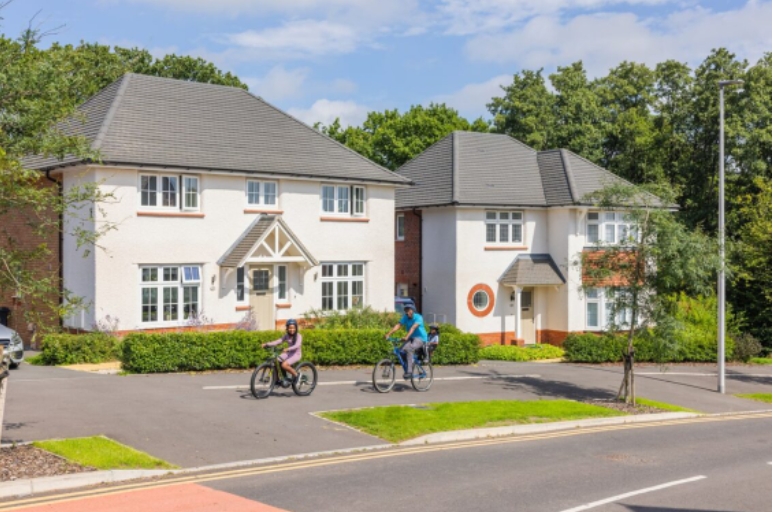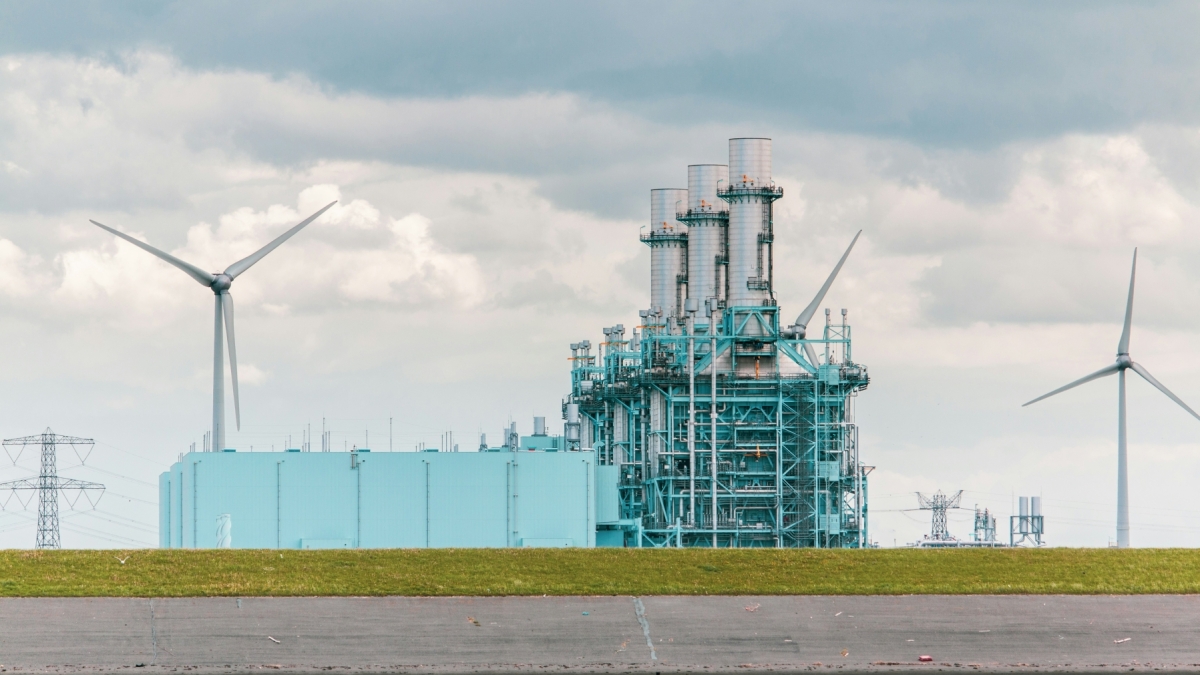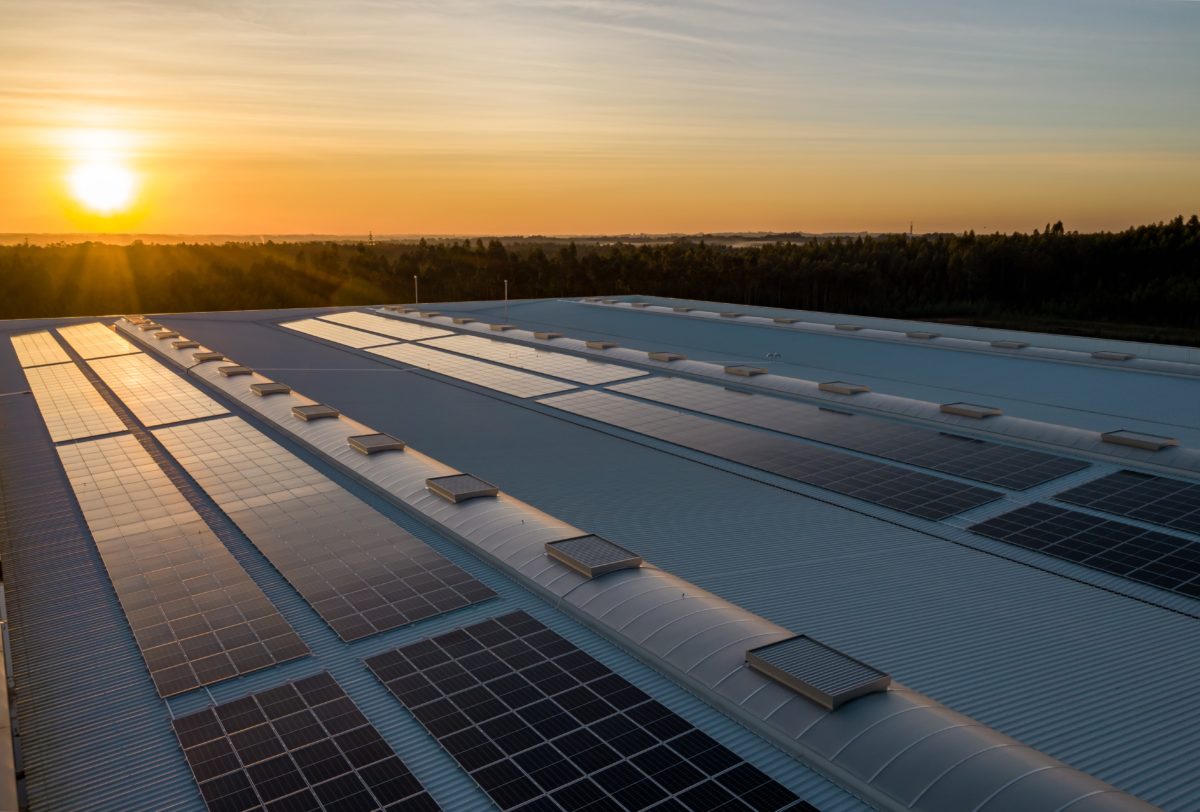The US and Canada have recorded a 59% growth in zero energy buildings, according to a new study conducted by TEAM ZEro. The study found that 22,146 units are either in design, construction or in operation in the US and Canada.

In addition, another 31,000 are in the planning stages owing to an increase in the number of single-family and multifamily projects that are working to achieve zero energy or zero energy-ready performance.
Other key study findings include:
1.Larger multifamily buildings are increasingly dominating the zero energy housing stock
2.More projects are seeking zero energy performance with integrated renewables: The report shows a 7.2% increase in the percentage of projects pursuing zero energy over zero energy-ready (73.8% and 21.7% in 2017, 66.6% and 29% in 2019, respectively)
3.California is leading in the number of projects (6,828) with New York in second place (3,022). The Southwest is a stronghold with California, Arizona, Colorado, and Texas claiming a total of nearly 9,600 units
In Canada, there was a 240% increase in the number of zero energy units over 2017. A city or region's dominance is often driven by a single project—for example, West 5 Phase 2, in London, drove Ontario to third place in the largest state/province, with 1,900 of Ontario's total 2,221 units
4.Multifamily projects now represent 71% of the total zero energy residential stock. Although multifamily zero energy has shown steady gains over single-family since the first inventory in 2015, this is a substantial increase over 2017 (60%). In Canada, multifamily is even more dominant than in the United States, with 90% of its zero energy units in multifamily projects, versus 67% in the United States
5.Future trends to watch include community micro-grids, electrification, grid integration and harmonization, and zero-carbon.

